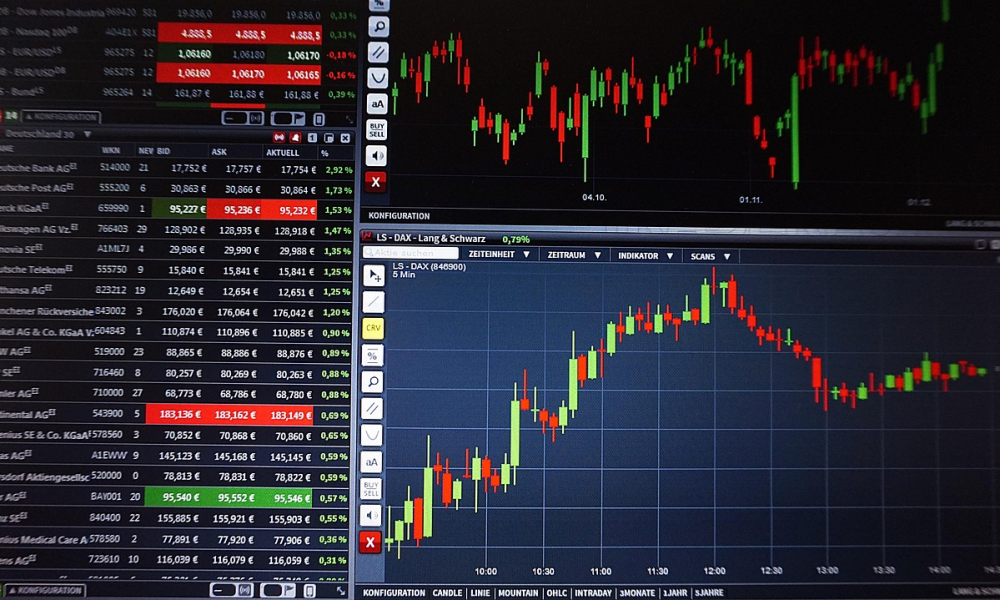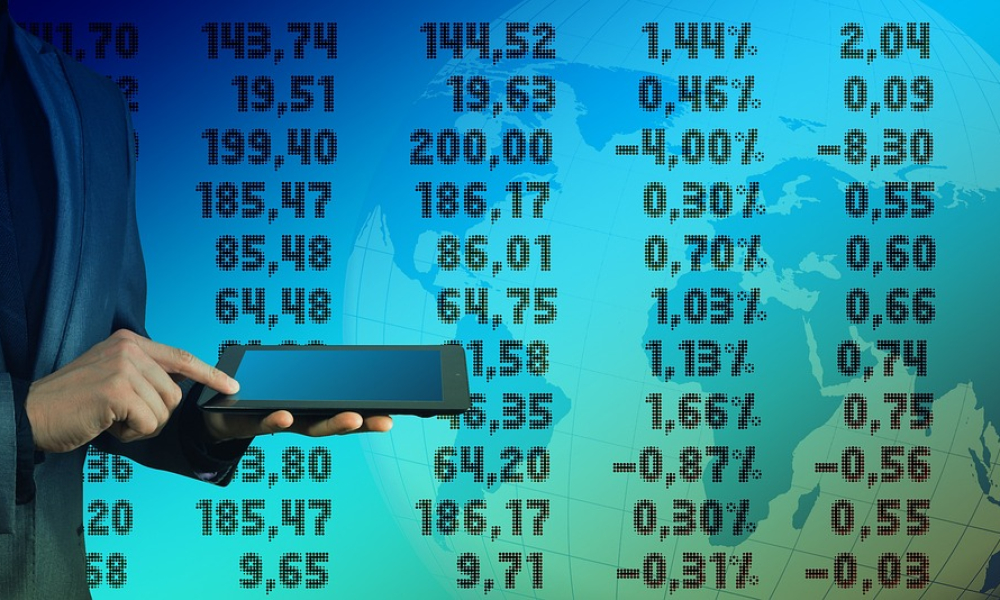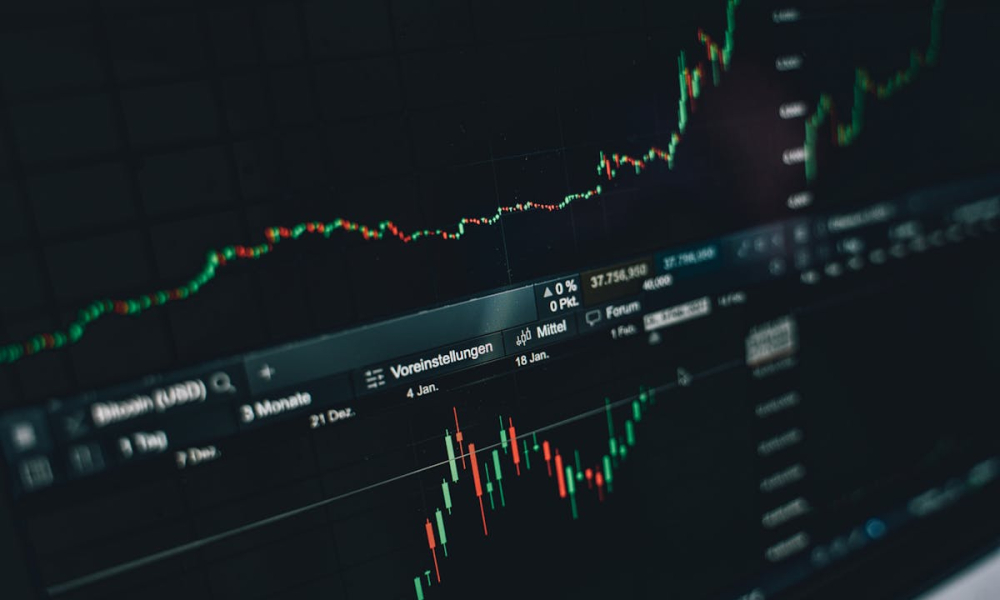Welcome
Understanding Risk Management in Forex Trading
Forex trading can be highly rewarding—but only for those who understand and apply proper risk management in forex trading. Without a solid blueprint, even the most promising trades can lead to significant losses. This beginner-friendly guide walks you through the essentials of managing risk effectively in the world’s largest financial market.
What Is Risk Management in Forex Trading?
Risk management in forex trading refers to the strategies traders use to protect their capital and minimize potential losses. It’s not just about limiting the downside; it’s about creating a sustainable path for long-term profitability.
From setting stop-loss orders to proper position sizing, mastering risk management is what separates successful traders from gamblers.
Why Risk Management in Forex Trading Matters
In forex, prices can move rapidly due to factors like economic news, political instability, and market sentiment. Here’s why risk management in forex trading is essential:
-
Preserves capital: Helps avoid blowing your account on a few bad trades.
-
Reduces emotional trading: When risks are controlled, decisions become more rational.
-
Ensures longevity: Risk control allows traders to stay in the market longer, learning and improving over time.
Key Principles of Risk Management in Forex Trading
1. Use Stop-Loss and Take-Profit Orders
Setting a stop-loss order protects your account from extreme losses. A take-profit order locks in gains once your target is reached. Together, these tools form the first layer of risk management in forex trading.
2. Follow the 1% Rule
Never risk more than 1% of your trading capital on a single trade. This rule is a cornerstone of risk management in forex trading and helps mitigate the impact of losing trades.
3. Choose the Right Position Size
Position sizing directly affects your risk exposure. Calculate your lot size based on your account balance, stop-loss distance, and risk tolerance. Proper sizing is a critical aspect of risk management in forex trading.
4. Diversify Your Trades
Avoid putting all your money into a single currency pair. Diversification reduces the chance of major losses from one bad trade, reinforcing your risk management in forex trading strategy.
5. Keep Emotions in Check
Emotional decisions often lead to poor risk-taking. Sticking to your trading plan and risk parameters prevents fear or greed from dictating your moves.
Tools to Support Risk Management in Forex Trading
Several platforms and tools can help implement effective risk management in forex trading, including:
-
Trading calculators: Help determine position sizes, pip values, and risk-reward ratios.
-
Risk-reward ratio tools: Ensure every trade has a favorable payoff.
-
Economic calendars: Stay updated on market-moving events that can affect volatility.
Common Mistakes to Avoid in Risk Management in Forex Trading
To master risk management in forex trading, steer clear of these common pitfalls:
-
Overleveraging: Using high leverage increases potential gains—and losses.
-
Ignoring news events: Economic reports can trigger major price swings.
-
Lack of a trading plan: Trading without a plan is a fast track to failure.
-
Revenge trading: Trying to recover losses by taking impulsive trades only worsens the situation.
Building a Risk Management Plan for Forex Trading
Creating your personal risk management in forex trading blueprint involves:
-
Setting risk tolerance: Define how much you're willing to lose per trade/day.
-
Defining trade setups: Stick to patterns and strategies you've backtested.
-
Monitoring performance: Use trading journals to track what works and what doesn’t.
-
Reviewing and adapting: Market conditions change; so should your strategies.
Final Thoughts: Make Risk Management in Forex Trading Your Foundation
Risk management in forex trading isn’t optional—it’s essential. As a beginner, your goal should be to protect your capital while gaining experience. By following the principles outlined in this blueprint, you set the stage for consistent, long-term trading success.
Always remember: you don’t need to win every trade—you just need to manage your risks smartly.
FAQ's
What is the best risk-reward ratio for forex trading?
A good starting point is 1:2—risking 1 unit to potentially gain 2. This ensures profitability even if only half your trades are successful.
Can I trade forex without a risk management plan?
Technically yes, but it’s highly discouraged. Trading without risk management in forex trading is like sailing without a compass—you’re bound to get lost.
How can I calculate my ideal position size?
Use position size calculators that consider your account size, risk percentage, and stop-loss distance.










